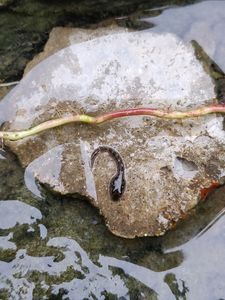Unseen gems from the Western Ghats of India
 May 30, 2018 • 9:35 PM UTC
May 30, 2018 • 9:35 PM UTC Unknown Location
Unknown Location 140x Magnification
140x Magnification Microorganisms
Microorganisms
VigneshKamath
Learn about the author...
3posts
1comments
1locations
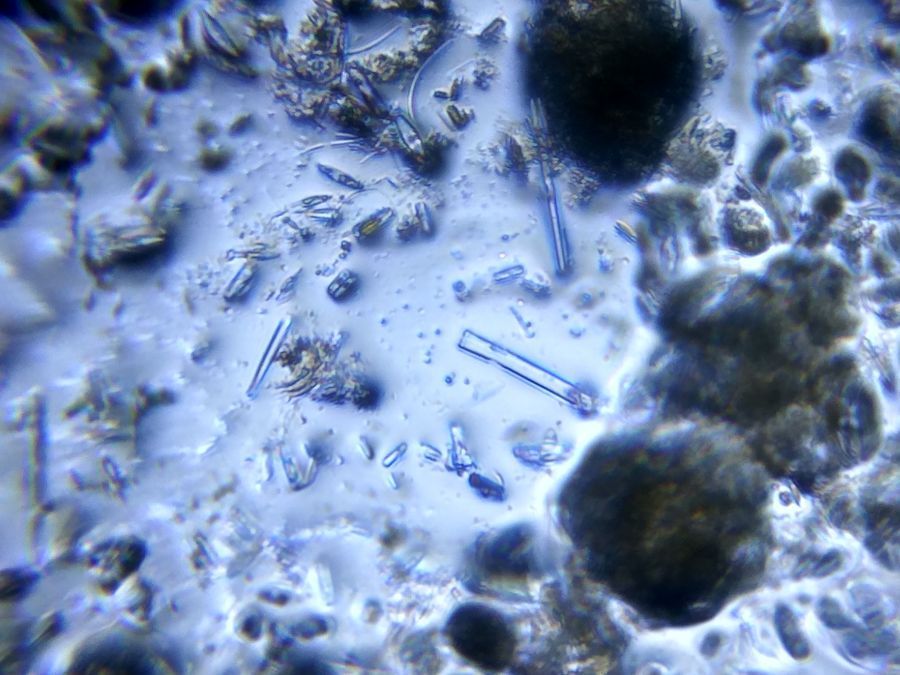
One foot into the Western Ghats of India and you will hear a variety of birds singing, frogs croaking, cicadas calling and see the landscape covered with evergreen trees of different shades of colours. But what lies beyond what can be heard or seen with the naked eye?
Each year, several new species of flora and fauna are still being discovered from this landscape. The vast number of species found here makes it one of the most biodiverse regions on the planet. While a lot of researchers, conservationists and nature enthusiasts are working on different taxa found here, the micro-flora and fauna are relatively unexplored. With this regard, we set out to peek into the micro-world along with a group of early career researchers interested in ecology.
As part of a project on exploring foldscopes as a research tool to study diatoms, a workshop was conducted by Gubbi Labs in Coorg District, India on 24 th May. Diatoms are unicellular photosynthetic algae which are found in water bodies all over the world. They are often referred to as the ‘jewels of the sea” due to their ornate silica cell walls. Scientists use diatoms as environmental indicators, to study the quality of water bodies and to understand the composition of lakes and rivers in the past.
After a brief introduction to foldscopes, diatoms and sample collection, the group set out to collect diatom samples from a nearby pond. Samples were collected from epilithic (rock), epiphytic (emergent plants) and human- made (water pipe) habitats.
Each year, several new species of flora and fauna are still being discovered from this landscape. The vast number of species found here makes it one of the most biodiverse regions on the planet. While a lot of researchers, conservationists and nature enthusiasts are working on different taxa found here, the micro-flora and fauna are relatively unexplored. With this regard, we set out to peek into the micro-world along with a group of early career researchers interested in ecology.
As part of a project on exploring foldscopes as a research tool to study diatoms, a workshop was conducted by Gubbi Labs in Coorg District, India on 24 th May. Diatoms are unicellular photosynthetic algae which are found in water bodies all over the world. They are often referred to as the ‘jewels of the sea” due to their ornate silica cell walls. Scientists use diatoms as environmental indicators, to study the quality of water bodies and to understand the composition of lakes and rivers in the past.
After a brief introduction to foldscopes, diatoms and sample collection, the group set out to collect diatom samples from a nearby pond. Samples were collected from epilithic (rock), epiphytic (emergent plants) and human- made (water pipe) habitats.

Sample collection from a pond with floating and emergent plants
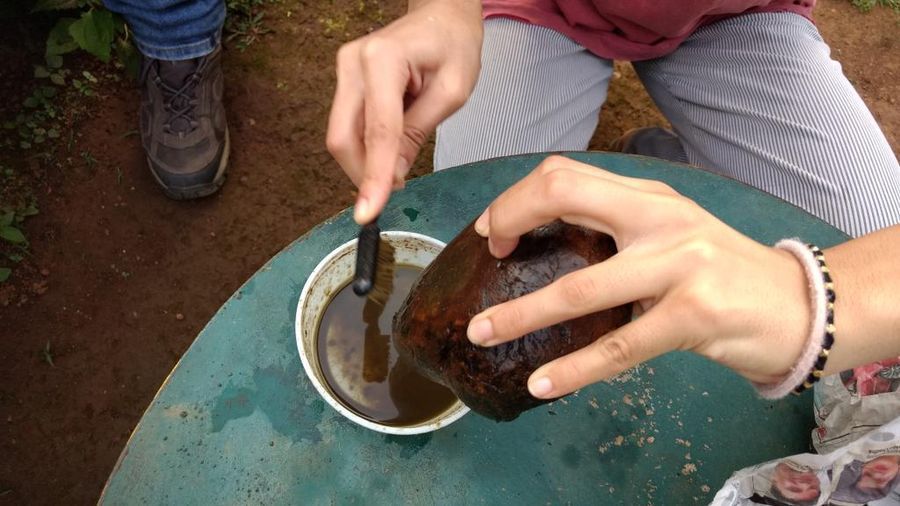
Sample collection from a rock using a brush
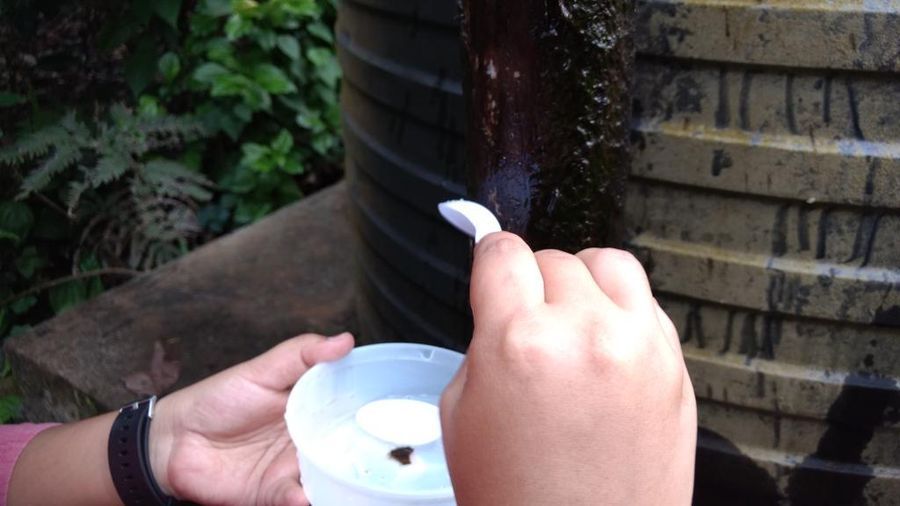
Sample collection from a water tank
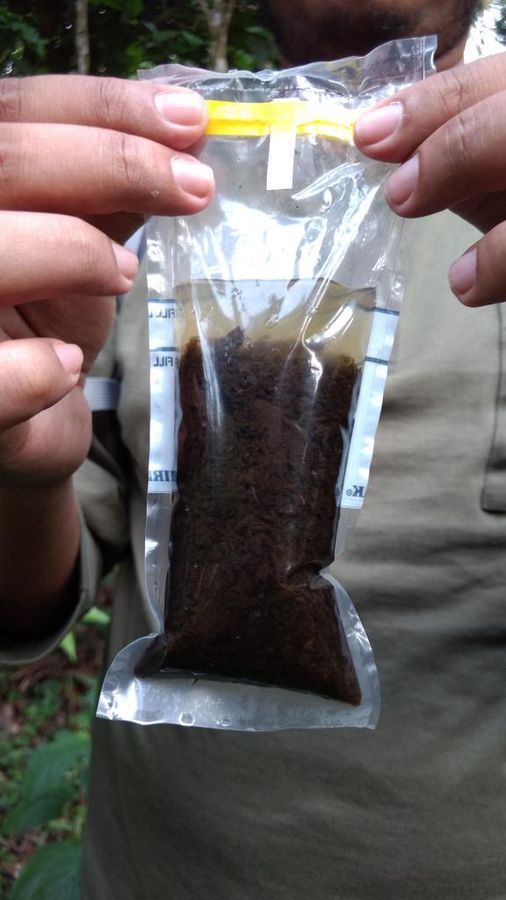
Samples were collected in Whirl-Paks A drop of water from each sample showed several live microorganisms from golden-yellow coloured diatoms to tiny bacteria moving cbdtop.club around and ameboid organisms like Pelomyxa which feed on diatoms.

Live diatoms
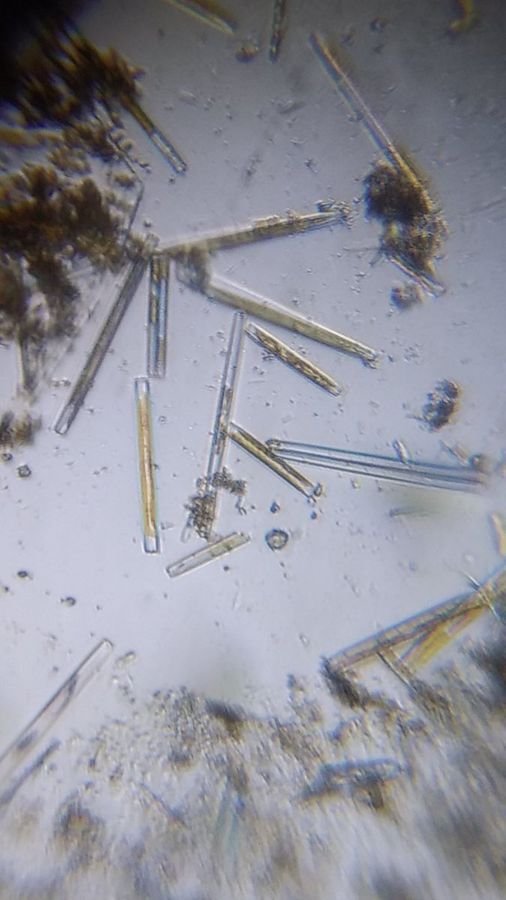
Live diatoms of the genus Ulnaria
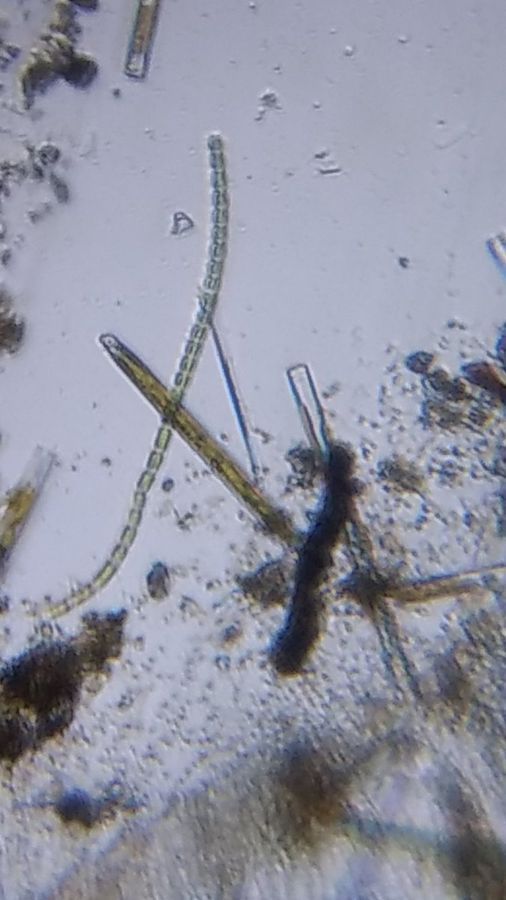
Live diatom samples We then quickly got to work in our make-shift lab to fix and prepare slides for the participants to observe under the foldscope.

Makeshift lab in the field With the help of a field guide, the diatoms were grouped into different shapes and some of them could be identified to the genus level.

Diatoms as seen from the fixed slides

Diatoms as seen from the fixed slides A brief note on how the slides were fixed: The sample was first oxidised with Hydrogen Peroxide and heated to remove the organic matter. The contents were then separated using a centrifuge and the sample was dried on slides using a hot plate before observing under the foldscope.
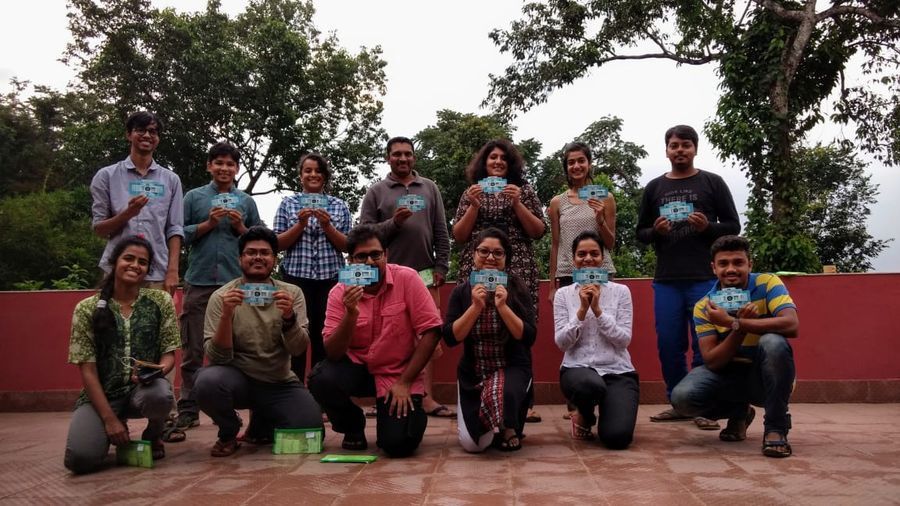
Group photo with the team This project was funded by the Department of Biotechnology (DBT), Government of India, as part of the DBT-Prakash Labs (Stanford University) effort to spread microscope access across India.
Sign in to commentNobody has commented yet... Share your thoughts with the author and start the discussion!

 0 Applause
0 Applause 0 Comments
0 Comments